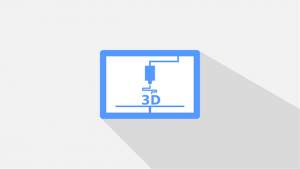
3D printing is a manufacturing process that involves the use of a machine, known as a 3D printer, to build an object from a computer-designed model. The object is designed in a computer program, after which the model file is uploaded or transferred to the 3D printer. While most 3D printing processes build objects by depositing material onto a bed, powder bed fusion uses a completely different approach. What is powder bed fusion exactly?
Overview of Powder Bed Fusion
Powder bed fusion is a group of 3D printing processes that involves the fusion of powder particles. It works by using a laser or electron beam to selectively heat areas of a powder-filled bed. As the powder particles heat up, they fuse together, thereby forming the desired object.
Common types of powder bed fusion processes include the following:
- Selective laser sintering
- Selective laser melting
- Electron beam melting
Powder Bed Fusion vs Traditional 3D Printing Processes
Unlike traditional 3D printing processes, powder bed fusion doesn’t involve depositing material. Traditional 3D printing processes, of course, involve the use of a 3D printer that extrudes material out of a nozzle. As the extruded material is released, it lands on a bed. The accumulation of this material eventually forms the desired object.
Powder bed fusion doesn’t involve extrusion. The 3D printers used in powder bed fusion, in fact, don’t even have a nozzle. They are simply used to heat up powder particles, which are placed inside a bed.
Powder bed fusion still involves building objects layer by layer. The difference is that traditional 3D printing process extrude material out of a nozzle and onto a bed, whereas powder bed fusion simply heats up a powder-filled bed. During powder bed fusion, a laser or electron beam will move over the powder-filled bed while projecting heat. Exposure to the laser’s or electron beam’s heat then causes the powder particles to fuse together.
Benefits of Powder Bed Fusion
Powder bed fusion offers several benefits, one of which is the ability to create exceptionally strong objects. Since it fuses the powder particles together, objects built using powder bed fusion are typically stronger than those built using a traditional 3D printing process.
Not only does it create strong objects, but powder bed fusion is also efficient. There’s virtually no waste created during powder bed fusion. Any powder that’s not targeted by the laser or electron beam can be saved and reused in future 3D printing applications.
